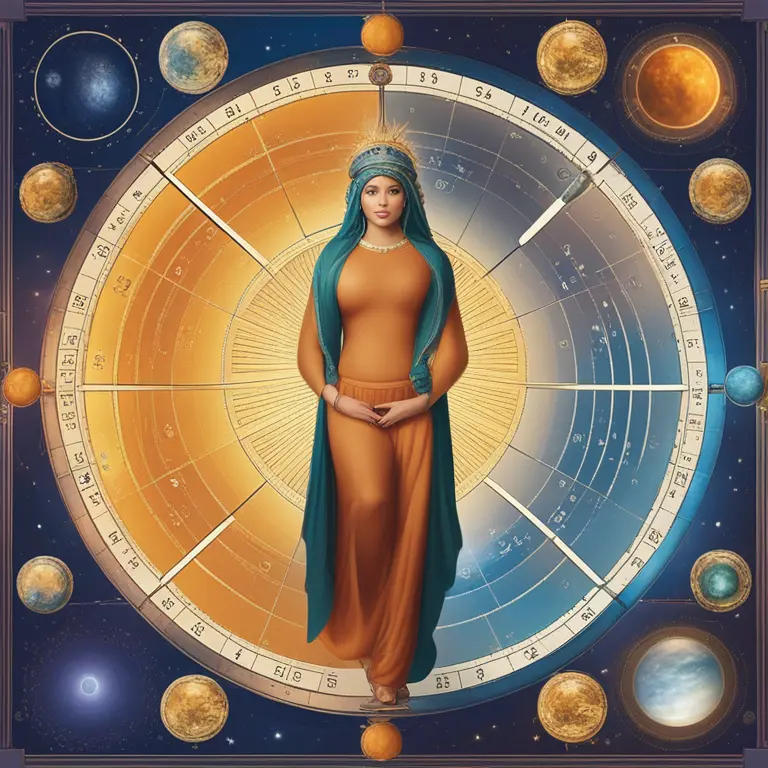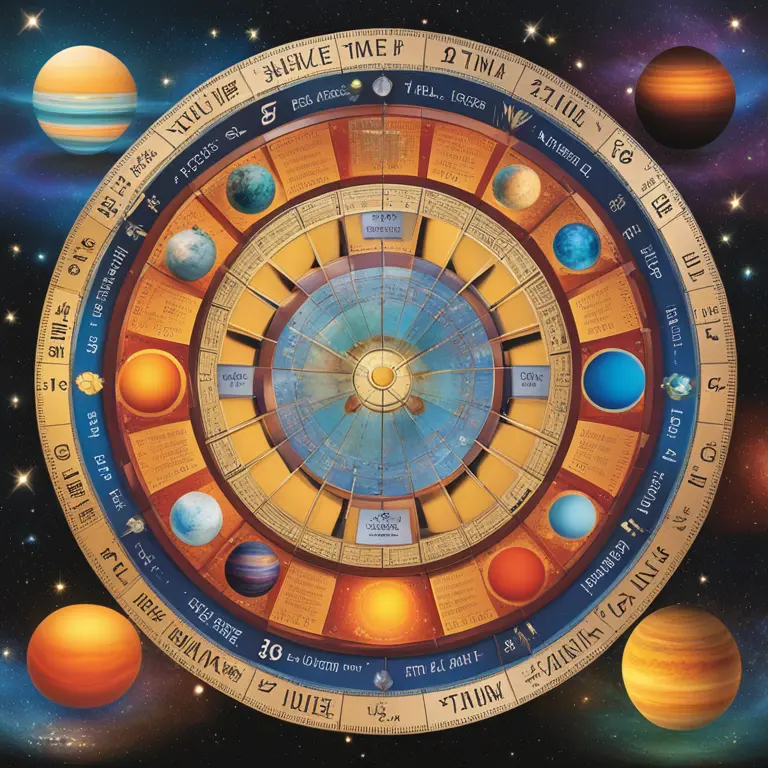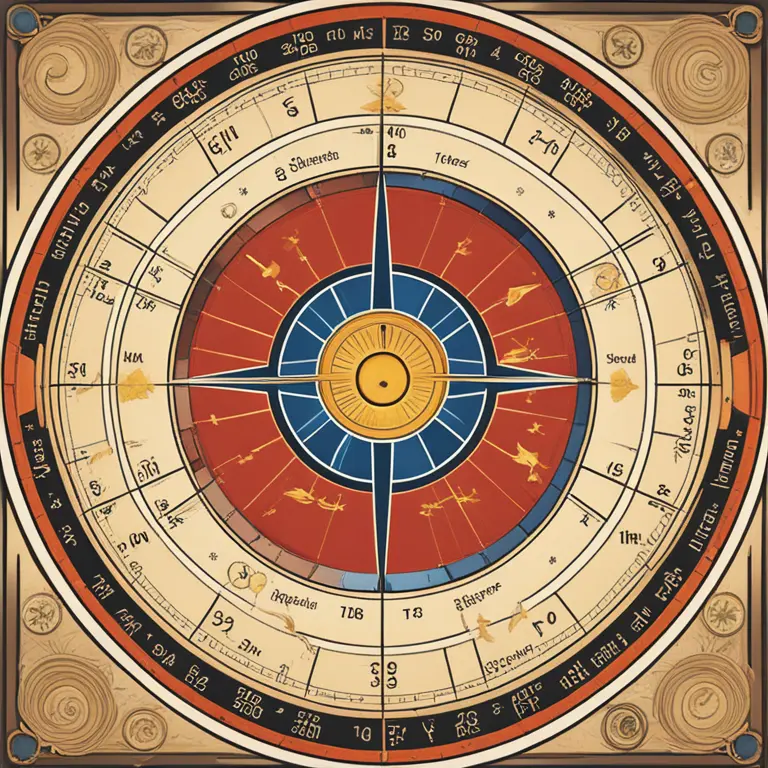
Crafting Your Birth Chart: No Time, No Problem
Discover insights into personality and potential with a birth chart created without exact time or location—a guide to astrology's adaptable side.
article by Priya Deshmukh
A Modern Take on Ancient Art
Astrology has long been a source of guidance and insight, often relying on precise birth details to chart an individual's cosmic blueprint. But what happens if you're missing key information like birth time or location? The answer lies in modern astrology's flexibility. In this article, we delve into creating a meaningful birth chart when details are scarce. By focusing on what is known and incorporating broader astrological principles, a surprisingly detailed picture can still be painted.

Birth Charts Sans Time: A Possibility
Traditionally, a birth chart includes the position of celestial bodies at the exact moment and place of birth. Without a birth time, what we lose is the ability to calculate the Ascendant or Rising Sign and the house positions of planets. However, we can still determine the positions of the planets in the signs of the Zodiac, which offer significant insights. A Sun sign, Moon sign, and the aspects between planets can provide information about personality, preferences, and potential life paths that remain relevant well beyond 2024.

The Role of Planets and Signs
In the absence of a precise time and place, we turn to the planets' dance through the zodiac. Each planet represents different aspects of our lives—love (Venus), communication (Mercury), action (Mars), and so forth. The sign a planet occupies describes how we express these facets. For example, a Mercury in Aries suggests a direct and forthright communication style. These placements are time-independent and can be found with just a date of birth, offering a sturdy foundation for personal exploration.

Solar and Planetary Aspects
Another crucial element in birth chart analysis is the aspect, or angles, planets form with each other. Even without a birth time, we can discern these relationships and unlock their interpretations. A square between Venus and Mars might indicate tension in balancing romance and assertiveness, whereas a trine could denote harmony. These planetary dialogues are timeless, signaling personal dynamics that can be harnessed for growth and understanding in the years ahead.

Using a Solar House System
When a birth time is missing, astrologers might employ a Solar House system, placing the Sun at the helm of the first house and sequentially aligning other houses. While not as personalized as a traditional chart, this system still yields valuable insights. Using this method, future forecasts and thematic life periods can be approximated, pointing to trends and potentials in line with upcoming astrological shifts for years like 2024 and beyond.
Biorhythm and Compatibility Considerations
Astrology intersects with other metaphysical domains such as biorhythms—personal cycles of physical, emotional, and intellectual energies—and compatibility between individuals. By analyzing planetary elements like Sun signs and Moon signs, one can glean insights into these areas, even without precise birth times. Biorhythmic patterns and astrological synastry (relationship astrology) can guide one towards understanding natural rhythms and connections with others, both socially and romantically.
Published: 2/9/2024
Modified: 2/9/2024
More predictions
Come back here soon to learn more about yourself and your future


Tarot that Embodies Virgo
Discover which Tarot card aligns with the Virgo zodiac sign, revealing the intricate relationship between Tarot symbolism and astrological insight.


The Origins of Tarot Cards: A Historical Inquiry
Delve into the origins and history of tarot cards, exploring the artists and cultural influences that shaped these enigmatic tools of divination.


The Essence of Tarot Cards: A Guide to Their Meanings
Delve into the world of tarot with our comprehensive guide, illuminating the meanings and uses of tarot cards in personal discovery and reflection.